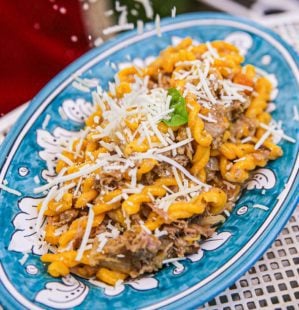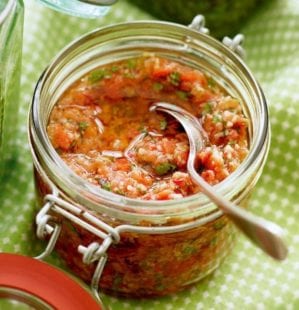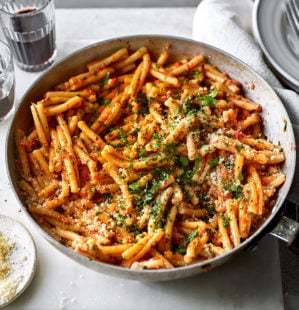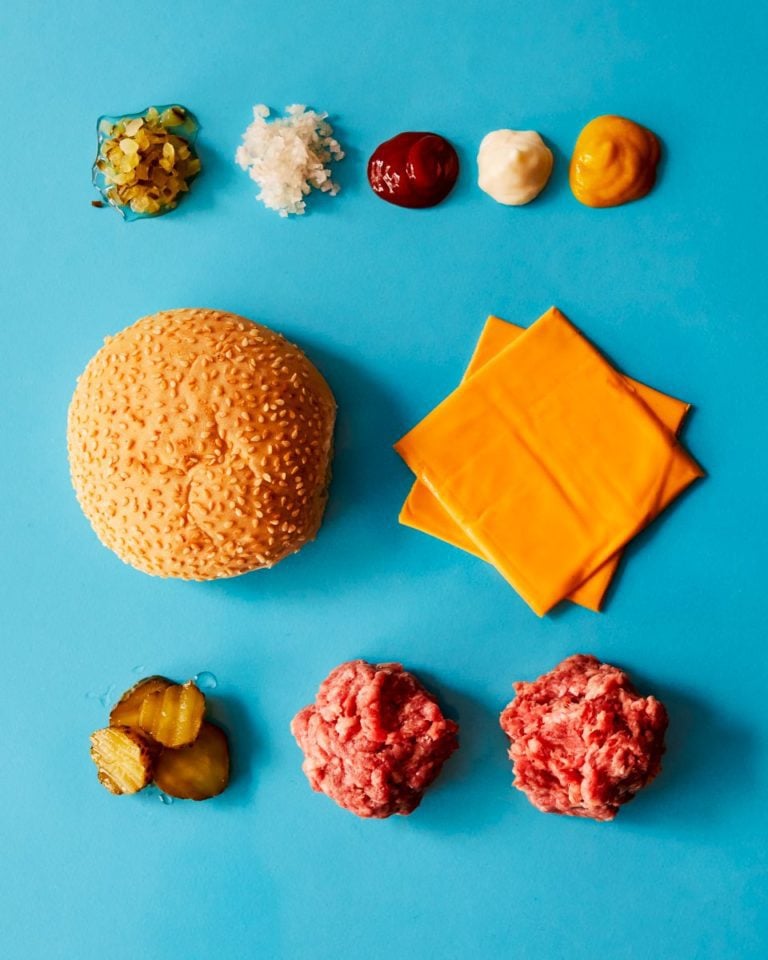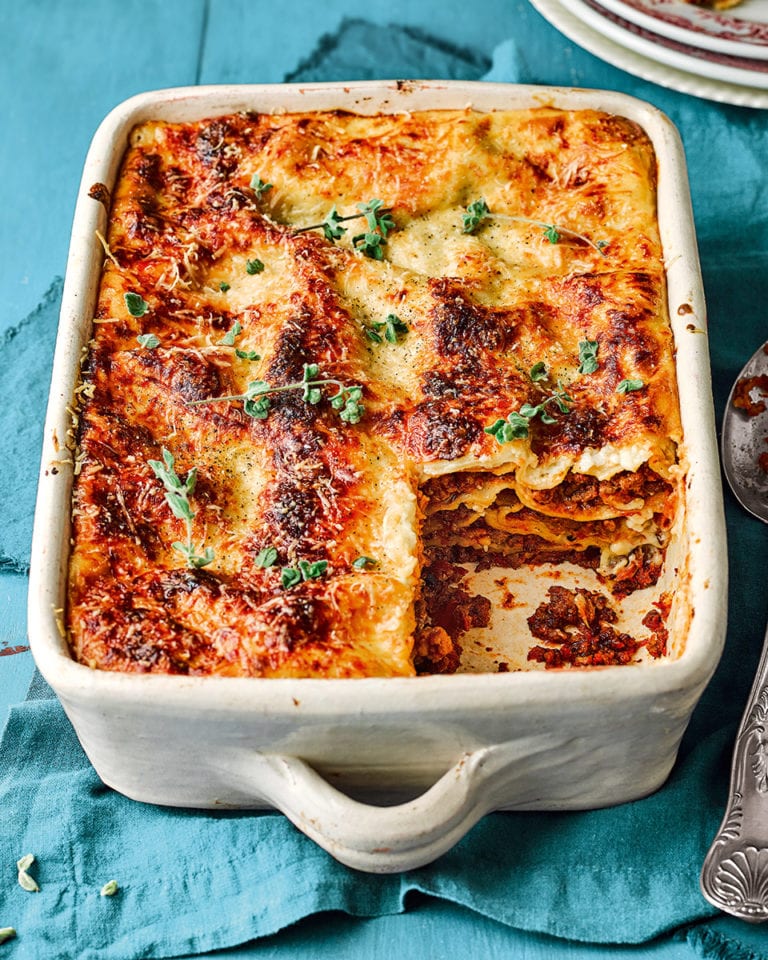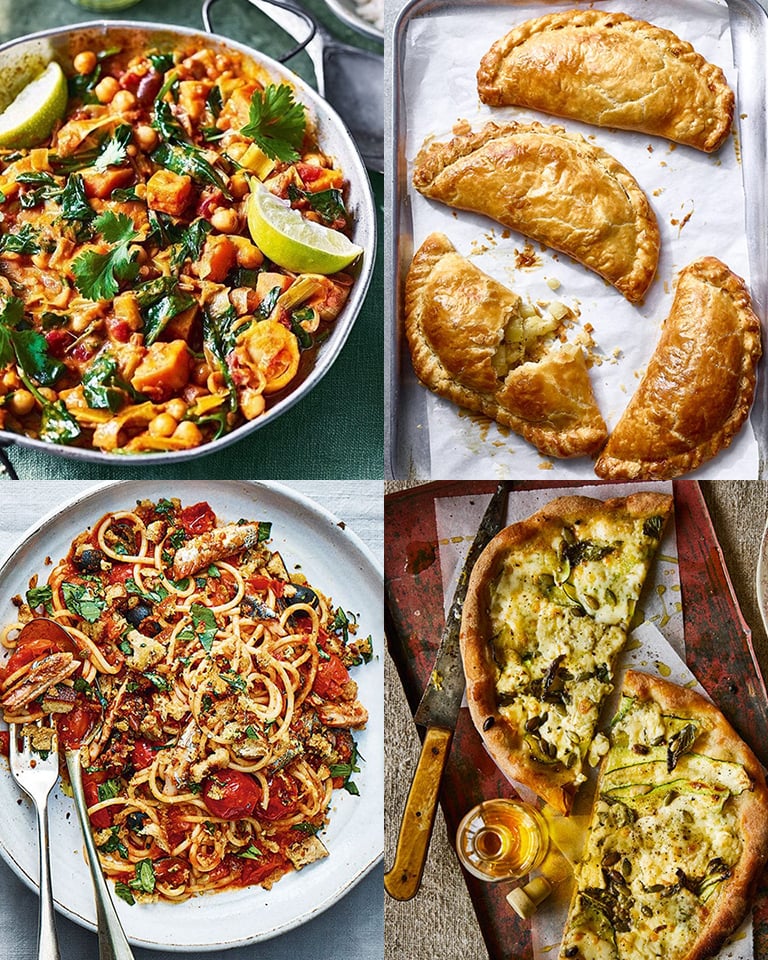Best of the best: what you need to know to make the best ever pesto pasta
Pesto pasta is a meal we all have memories of, and this month Emily Gussin talks you through pesto pasta done the proper way. Our best of the best series takes the view that if something’s worth doing, it’s worth doing right, and here we bring this childhood classic into a satisfying midweek main for all ages.
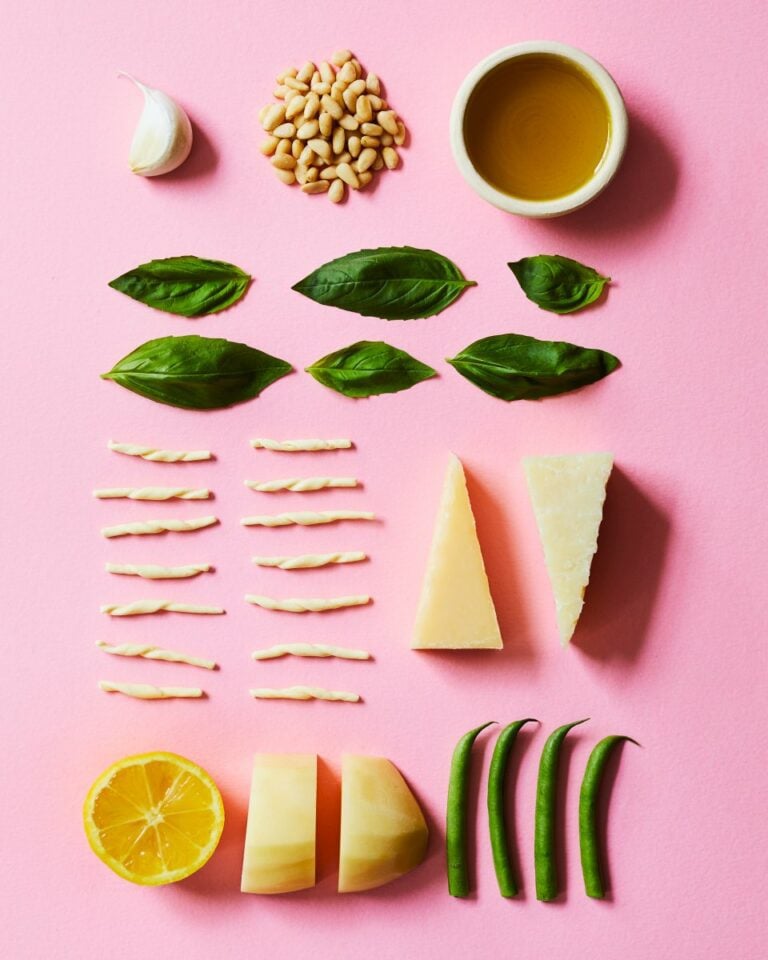
I reckon pesto pasta must be in regular rotation for a serious swathe of the British public. It’s cheap, it’s easy and it can be on the table in 15 minutes. But there’s a world of difference between pesto pasta – scraping greyish-green shop-bought paste out of a jar – and pesto pasta, bright green and aromatic with fresh basil, garlic and freshly toasted pine nuts, enriched with plenty of parmesan and peppery olive oil.
Italians will swear there’s but one way to make proper pesto, some even dictating the direction to grind in your pestle and mortar. But despite all the knowledge (and myths) handed down through generations, is the traditional way really the best way to make it? The short answer is not necessarily – but my aim isn’t to upset anyone’s nonna.
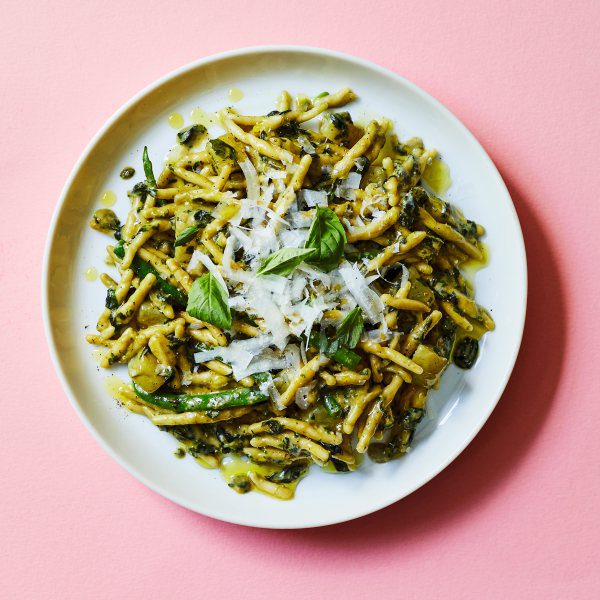
The pesto
The ingredients
The word pesto itself just means pounded or crushed (or literally ‘pestled’); the full title of the sauce is pesto alla Genovese – from the northwest Italian city of Genoa. It pulls together a handful of local ingredients into a gloriously green, fresh sauce, with the basil taking centre stage. If you were in Liguria, you might use Genovese basil (the locals say it’s the sea spray that gives it its special taste), garlic from the famous village of Vessalico, extra-virgin olive oil from a nearby grove and of course proper parmesan and Sardinian pecorino.
Most of those lovely things aren’t readily available in the UK (unless you’re willing to stump up some serious money), but quality ingredients remain key. Use a good bottle of extra-virgin olive oil, toast the pine nuts yourself rather than relying on stale pre-toasted ones and use basil at its freshest (save any limp leaves for dishes that are actually cooked).
Thankfully we do have access to good Italian cheeses. The best blend is two thirds parmigiano reggiano and one third pecorino romano – the first is sweet and complex, the second saltier and sharper.
To pound or to whizz? That’s the question…
If I have time and the inclination, I pound and crush the ingredients in a pestle and mortar, as I believe it’s the best method of preparation – the clue’s in the name, after all. If you can spare the extra five minutes to make your pesto by hand, enjoy it; there’s a therapeutic element to grinding away, adding each ingredient and watching it transform into a vivid cohesive paste.
I also appreciate the click of a button, and a pesto made in the processor is still going to be far better than anything shop-bought. If you do use a food processor, add the basil later in the process, drizzle the oil in as it whizzes up and add the cheese last rather than shoving it all in in one go.
Don’t cook the pesto!
The ingredients get enough treatment simply being pounded together. Applying heat will cause the pesto to lose its freshness and intensity of flavour. Once you’ve drained the pasta it’s important to let it stand for a minute, allowing it to cool slightly, then simply stir the pesto into it. Don’t return the pasta to the heat afterwards. The warmth of the pasta and a splash of the pasta cooking water are enough to dampen the raw taste slightly, without flushing away the flavour.
What shape of pasta should you go for?
Step aside penne. In my eyes, the most boring pasta shape has no place mixing with such a perfect sauce (or any sauce, to be honest).
Traditionally pesto is swirled through Ligurian trenette (like linguine but slightly wider) or, my preference, trofie. This short, thin, twisted pasta also hails from Liguria and is coated perfectly by pesto. It retains bite in the centre but feels silky with sauce clinging to its curves. You can find trofie in the UK these days from Waitrose, Ocado or online suppliers (try Italian Food Shop) but if you’re struggling to find it, shapes such as casarecce (in Sainsbury’s), strozzapreti or fusilli hold the sauce well too.
Should anything else be added?
Pesto plus pasta and nothing else is wonderful, but to make the dish feel fuller I’ve also leant on tradition by adding green beans and potatoes to make pasta alla Liguria – the most famous use of pesto Genovese. Double carbs is always a win for me; I love potato on pizza or pasta sprinkled with pangrattato breadcrumbs.
In my recipe, small cubes of potato are boiled with the pasta, resulting in satisfying starchy bites in your bowl of green. But if I didn’t have potatoes at home I would do without or add a creamy white pulse, such as cannellini, haricot or butter beans. If in season, fine green beans are also welcome, but I sometimes swap them with frozen peas. Ultimately this is a summer dish, but even the most ardent seasonal eater would forgive you for eating basil year-round.
Subscribe to our magazine
Food stories, skills and tested recipes, straight to your door... Enjoy 5 issues for just £5 with our special introductory offer.
Subscribe
Unleash your inner chef
Looking for inspiration? Receive the latest recipes with our newsletter
